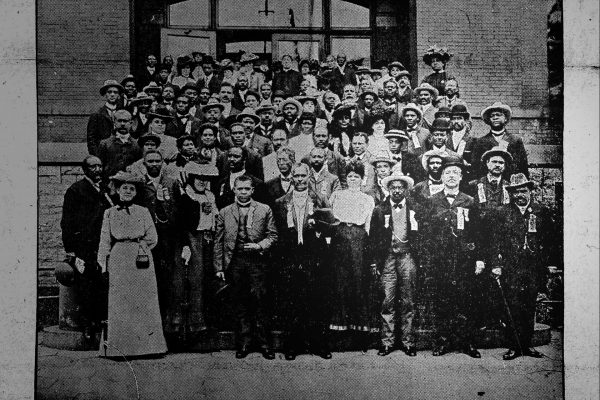In the current issue of Contexts, James M. Thomas, a sociologist at the University of Mississippi, discusses efforts to address racism as a psychological illness. He begins by noting that celebrities, such as TV personalities Michael Richards and Paula Deen, exposed making racist remarks have responded by seeking “treatment,” as if they suffered from a mental health condition like alcoholism or PTSD. Thomas goes on to describe unsuccessful pushes over many years, for example by the well-known psychologist Kenneth Clark, to make racism an official diagnosis in the psychiatric profession.
It seems odd, from an historical or a cross-cultural perspective, to diagnose someone with racist – or, more generally, xenophobic – views as exhibiting a psychological abnormality. By that standard, most people in most places are mentally “ill.”
Normality
In the early twentieth century, not only did most Americans hold views that their descendants would consider racist, the “best and the brightest” among them – many of the Progressives and the leading socialists of the day – endorsed sophisticated versions of those beliefs in the form of eugenics. They described Jews, Italians, Poles, and other immigrants as races of “defectives, delinquents and dependents.” In mid-century, popular attitudes remained highly xenophobic. For example, only a minority of Gallup Poll respondents in the late 1930s reported that they would vote for a “well-qualified” Jew for President, while almost two-thirds said that Jews were at least partly to blame for their persecution in Hitler’s Germany. In the late 1940s, about half of respondents said “Negroes” should have to travel in separate compartments on interstate trains or buses, and in the 1950s, most said they would not vote for a well-qualified “Negro” for president.
Today, in many countries around the world, majorities express xenophobic opinions. Majorities in, for example, India, Japan, and Brazil, told Pew pollsters that they had “unfavorable” opinions of Muslims (pdf). And majorities in Greece, Malaysia, and Panama, not to mention Arab countries, score high on antisemitism (pdf). Any regular perusal of the news will suggest that in many countries today some group is a target of the majority’s xenophobia.
If what we today consider racism was a norm in America’s recent past and is the norm in many places around the world, how can it also be a psychopathology, an abnormal psychological condition? (Historically, it is the development of norms against xenophobia that is novel.)
Social scientists have spent decades, especially in the aftermath of the Holocaust, trying to understand the psychology of ethnic and racial hatred. The classic work here, surprisingly not mentioned in Thomas’s essay, is Gordon Allport’s 1954 book, The Nature of Prejudice. A half-century of research suggests that highly-prejudiced individuals tend to also have characteristic ways of thinking – simplistic, fearful, submissive to authority, for example; their prejudice is a part of a constricted way of thinking. (But, would such researchers have found, if they had been around then, that description to be true as well of leading Progressives in the 1920s? Probably not.) In recent decades, some researchers have argued that Americans have learned to deny prejudice in answering bald questions such as the one about segregated transportation, but still reveal their feelings in answers to questions that tap “symbolic racism” (for example, saying that blacks have gotten special treatment).
Still, if xenophobic attitudes are commonplace, does it make sense to think of them not only as wrong, destructive, and inhumane, but also as psychological disturbances needing of medical treatment? Perhaps it does make sense in this particular way: Making a public declaration of racism now is such an unusual and stigmatized act that one wonders about the speaker’s judgement.
Implications
Thomas points out that focusing on individuals’ personal racism, taking such a psychological approach, can distract us from those institutional and structural features of society that reinforce ethnic and racial inequities, such as the way school systems are structured, funded and staffed; persisting neighborhood segregation; the several-generational consequences of low wealth accumulation and educational attainment; political districting that effectively weakens minority votes; and policing practices that have the consequence of disproportionate punishment. Old-fashioned direct racism, although substantially reduced, does persist and maybe should be “treated” somehow, but the main action is elsewhere. (Earlier related posts are here, here, and here.)








